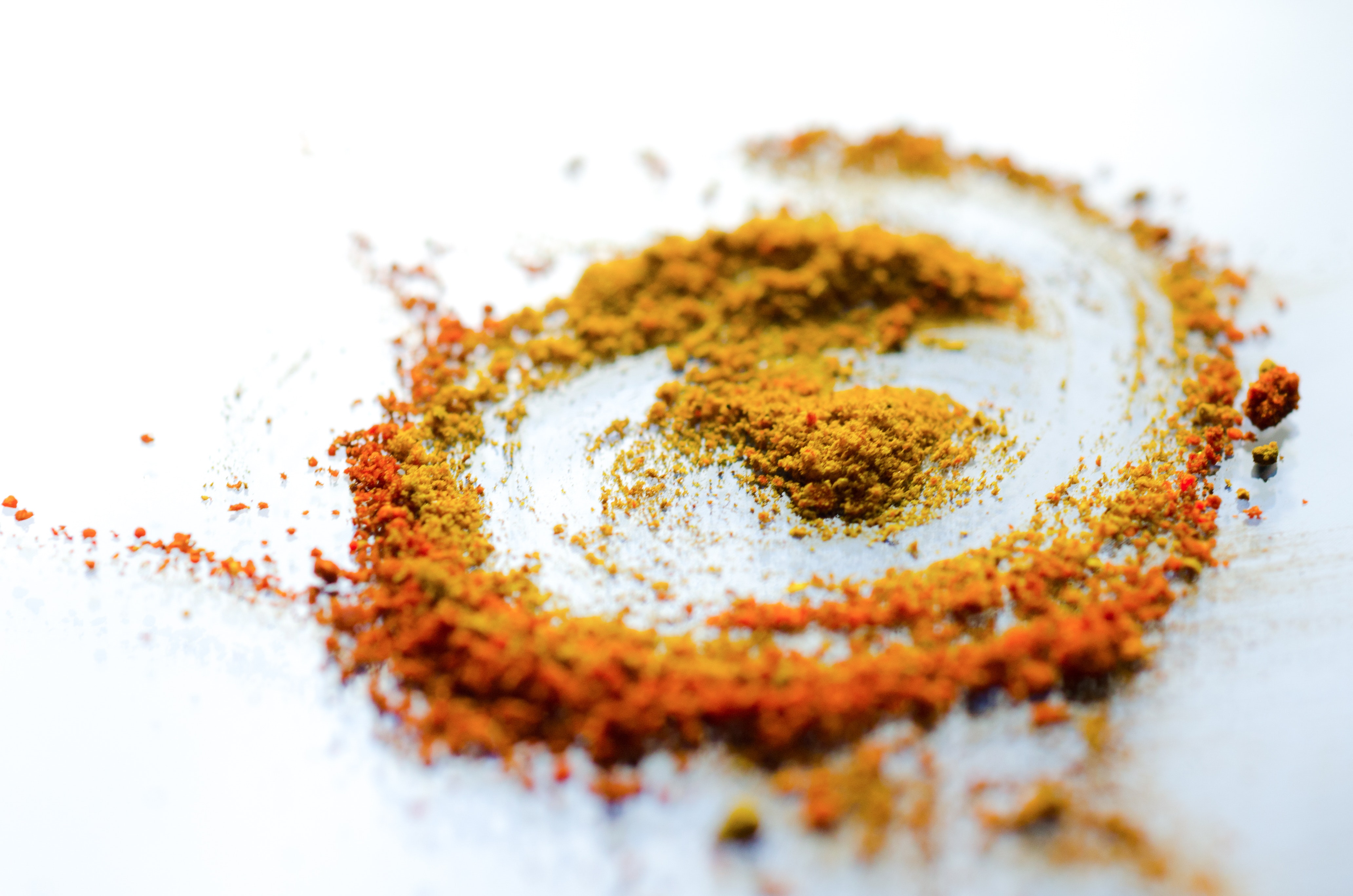It starts when a big-hipped woman turns from a kitchen counter and places on the table before you a perfect, hot, buttery slice of cinnamon toast; you’re only seven years old, but you have fallen deeply and completely in love for the very first time. It continues a year or so later when you marvel at the freshly fried donut, dusted with sugar and the elusive hint of nutmeg caressing your olfactory senses.
Fast forward: today, I counted over 70 containers of spices, herbs, and combinations thereof in my kitchen. Surely, a monster had been created those 60 odd years ago. Incidentally, for the perfect cinnamon sugar, use two tablespoons of good cinnamon mixed with half a cup of granulated sugar.
Obviously at an early age, not only did I want to explore new flavors, but I wanted to know how and why those flavors combined to lift hearts and spirits: the taste of smothered onions on a hot dog at a ball game, the way chili and a cheeseburger go so well together, why sage can put a turkey dressing over the top, and how just a pinch of salt completes the taste of freshly whipped cream.
I started studying seasoning mixtures after I worked with Paul Prudhomme at Commander’s Palace over 45 years ago. I cooked in a Japanese restaurant in Santa Fe, a Polynesian joint in Lake Tahoe, and a Jewish country club in Denver. I became a curry chef in Monterey and perfected my scallop ceviche in San Diego. I also can make a pousse-café and a damn good Sazerac cocktail. I went to culinary school where we did food pairings and ingredient tastings. I excel in classic beurre blancs and make a mean oeufs à la neige. Dolmades and tiropitas are not just Greek to me; I’ve perfected the classic ciabatta, and folks have been known to holla for my challah.

Now, I’m into spices, and you should be, too. Why? Because we are a food city, and the tastes that are arriving into our food culture are like swallows (pun intended) descending on Capistrano. No longer only the Creole/Cajun capitol of gustatory delights, New Orleans has new culinary citizens, including more Middle Western, Asian, and Hispanic than you can shake a spatula at, and counting, and it’s high time you got into that number!
My advice is that you get together with a few friends and bounce some ideas around; discuss the wonders of a great Ras al Hanout, whether a gulai nangka really needs candlenuts to be complete, and what amount of berbere to put into your favorite doro wat. Getting with others of your ilk will allow you to purchase ingredients in quantity. I am convinced that the prices that markets
(over)charge for the excessive packaging of spices has daunted many a seasoning adventurer.
For starters, you should pick up a copy (your local library should have one) of Paul Prudhomme’s Louisiana Kitchen, the bible of our local food, and study the seasoning mixes that he developed. There must be at least 30 in that one book alone.
Next, go on field trips. The Spice and Tea Exchange of New Orleans (521 St. Louis St.) is a great place to start; check out their seasoning mixtures and flavored salts. Next, foray to Mona’s Grocery (3901 Banks St.), where Kashmiri, Maras, and Aleppo peppers are found; Rosalie’s Apothecary (3201 Toulouse St.) for the rosebuds that you’ll need for your Northern India Garam Masala; Maypop Community Herb Shop (2701 St. Claude), where they have classes on teas and things; and F & F Botanica (801 N. Broad) to wonder at other uses for plants. Get a peep at all the chilies that you don’t know about by cruising Ideal Market (205 S. Broad St.). There is an emerging flavor culture that I’m giving you a head’s up on, and you won’t want to be left out of conversation when someone wants to discuss the difference between Cubeb berries and Szechuan peppercorns or how to make a great Chakalaka (just to be able to say that name makes it worth cooking it).
Soon you’ll be making your own gochujang, harissa, and massaman spice rubs; you will know the difference between a berbere and a Baharat and be able to pull off a great kaeng ped ka-ti nuea at your next dinner party.
It just so happens that at our shop (Kitchen Witch Cookbook Shop, 1452 N. Broad St.), I have eight seasoning mixtures that I can discuss and vend. It just so happens that I have at home and in the wings another six. You’ve definitely come to the right place to nail down someone who is interested in the perfect jerk (seasoning), the marvels of South East Asian flavor components, and/or what constitutes a perfect herbes de Provence, five-spice, 10-spice, or 23-pepper blend. How about adjika or Khmeli-Suneli? Yes? No?
The other day I made an alligator, duck, and andouille jambalaya. I added juniper berries, sage, bay leaves, rosemary, smoked paprika, chipotle, mustard seed, and annatto to the mix (in my own special way). Do you know how it came out? Farking incredible! (And you can do that, too.)
Okay, here’s your first challenge: you know that great recipe that you have for your famous four-alarm chili that calls for a retail chili powder? Pick up that box and read the ingredients. Do you really want to put those additives into your food and body? My guess is no.
Myself? I’m comparing 20 masala recipes to be able to cut my ingredients down to only 10, instead of the 26 that I’m pretty much locked into. Anyone know where I can get some nigella?

